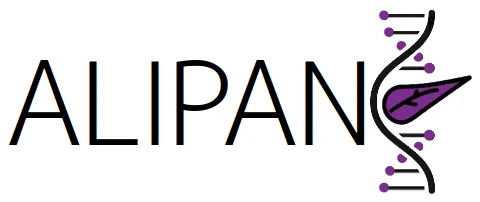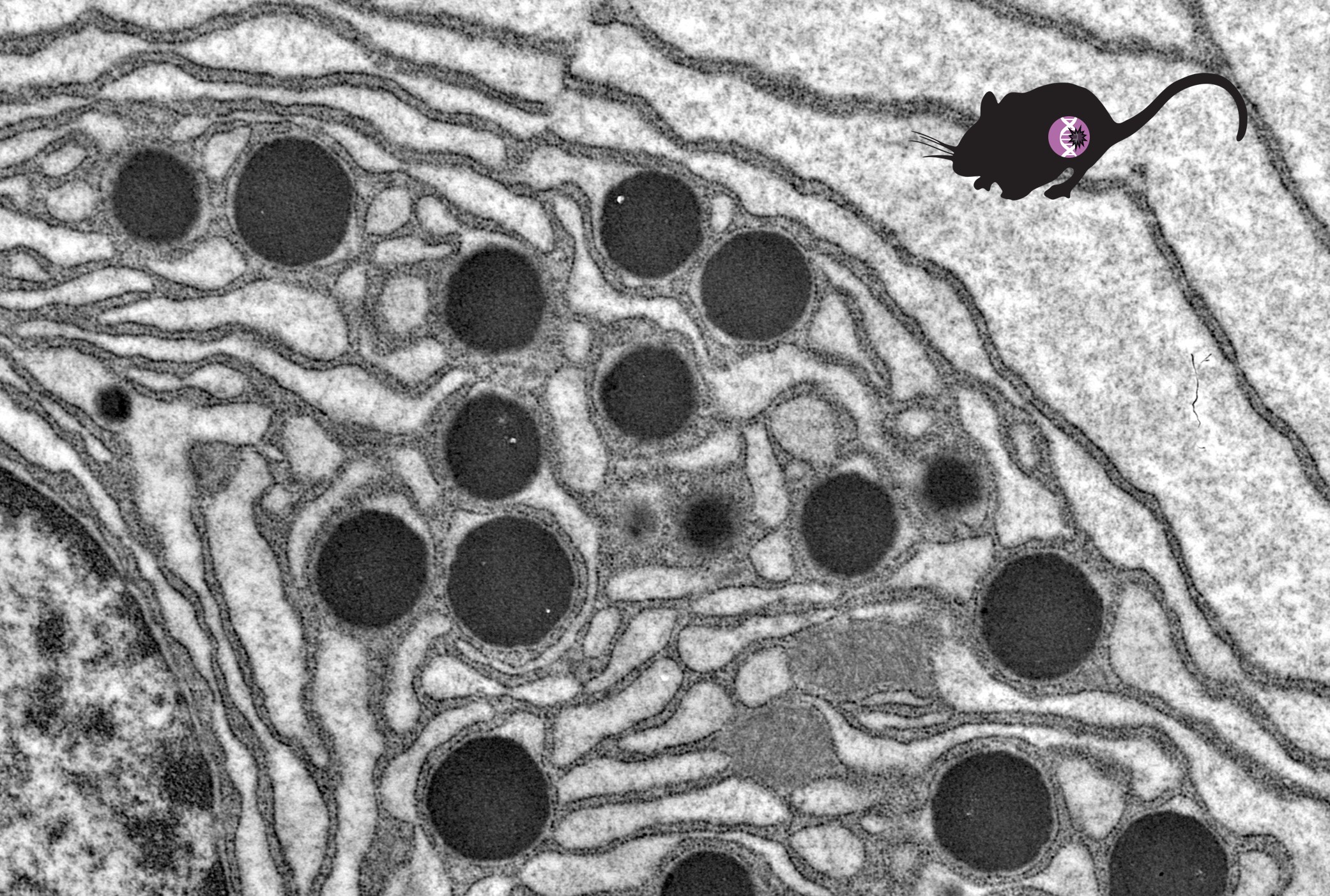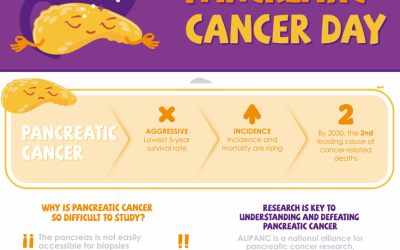A study led by scientists from two ALIPANC groups at the Spanish National Cancer Research Centre (CNIO) has uncovered the mechanism by which a genetic variant acts and possibly increases the risk of developing pancreatic cancer. The findings have been published in the prestigious journal GUT. This discovery opens the door to improving early identification of individuals more vulnerable to this type of tumor and to designing more effective strategies for its prevention and early detection.
The research, with Cristina Bodas and Irene Felipe as first authors from the group led by Francisco X. Real, has generated a new mouse model that replicates a genetic variant in the CTRB2 gene: specifically, the deletion of exon 6, which is present in approximately 17% of the population. Mice carrying a deletion of the same exon exhibit early signs of endoplasmic reticulum stress in acinar cells and increased inflammation, two processes closely linked to the development of pancreatic cancer. The findings observed in the mouse model were validated through transcriptomic analyses of pancreatic tissue from organ donors. This model thus emerges as a key tool to better understand the origins of the disease and explore new preventive strategies.
Link to article: https://pubmed.ncbi.nlm.nih.gov/40254337/
Link to the group: https://alipanc.org/grupo/carcinogenesis-epitelial/
Another link of interest: https://www.cnio.es/noticias/el-cnio-abre-una-via-hacia-la-prevencion-del-cancer-de-pancreas/




